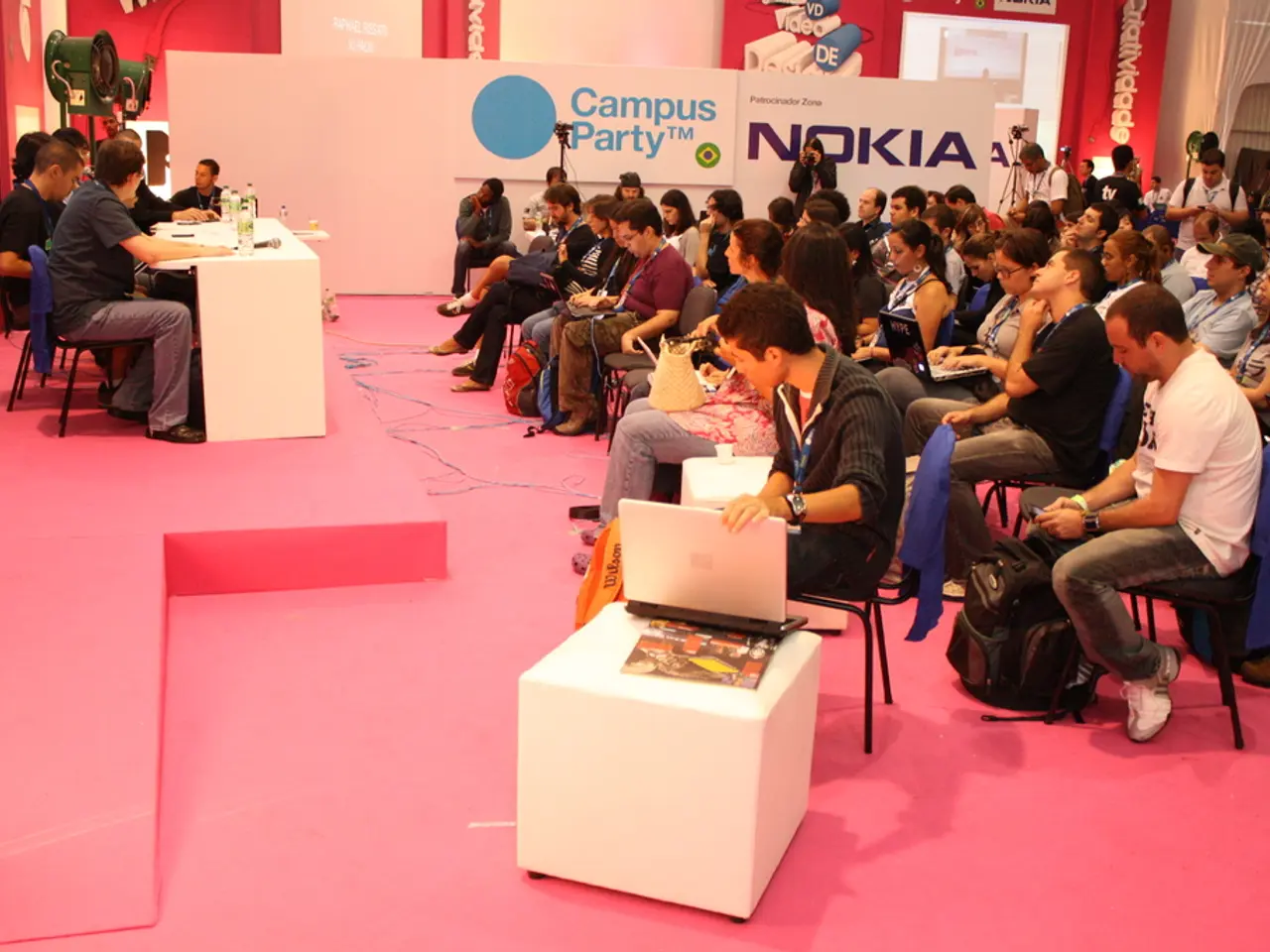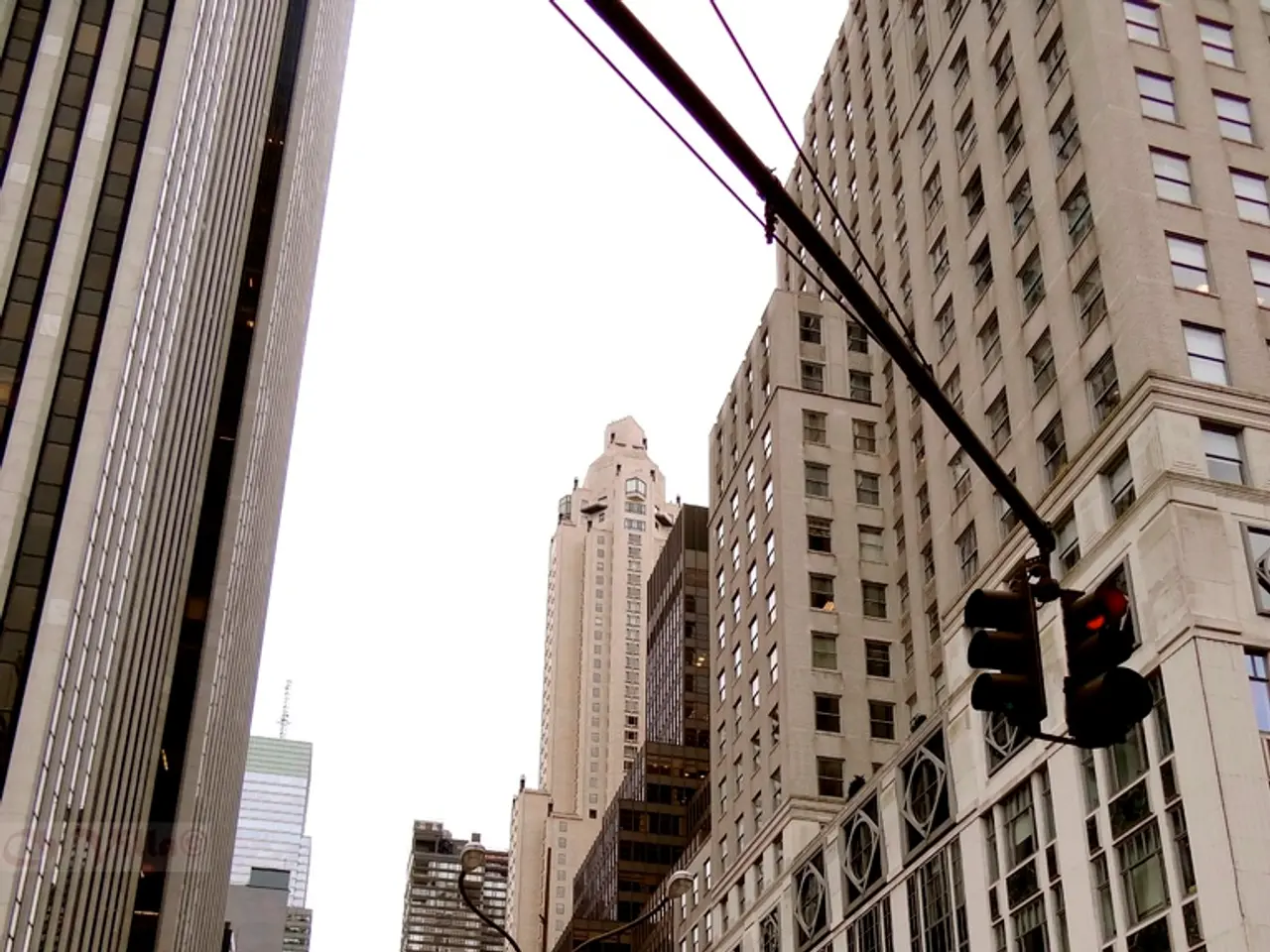Weekly Highlight: Speed's Shenanigans in Estonia - A Livestream Exploration
Streamer Speed's visit to Tallinn, Estonia, has ignited a media storm of opinions, with the broader societal impacts of the event showcasing the influence of social media influencers on public perceptions, lifestyles, and values.
During his trip, Speed live-streamed his experiences to his YouTube followers, attracting attention from various media outlets. However, opinions about his visit were divided. Some media outlets considered it a smart idea, while others found it humiliating for the prime minister or a waste of resources, with the cost of the visit approximated at around 30,000 euros.
Speed's visit to Tallinn serves as a prime example of how influencers can shape cultural and social narratives. Influencers like Speed wield significant power as modern opinion makers, promoting not only beauty and luxury lifestyle ideals but also conveying moral values and identity narratives, particularly to vulnerable adolescent audiences.
The extensive media coverage of influencers’ activities contributes to an "alternative media environment" where traditional journalism faces challenges. This raises concerns about the spread of misinformation and sensationalism due to fewer editorial controls. Thus, influencers like Speed play a dual role in information dissemination and cultural shaping.
The psychological effects linked to influencer culture are also noteworthy. Followers, particularly teens, often experience impacts on their mental health due to constant comparison to polished influencer content, sometimes resulting in lowered self-esteem or anxiety. The societal fixation on influencer content points to deeper issues about instant gratification, reduced community interaction, and shifts in social engagement patterns.
In conclusion, Speed’s trip to Tallinn and its coverage exemplify how influencers can drive consumerism, affect identity and values among young people, influence media consumption patterns, and have complex psychological and social consequences within society. These impacts highlight the need for greater awareness and critical media literacy among consumers and a measured approach by platforms and creators alike.
References:
- Kassabian, A. (2018). Social media influencers and the construction of celebrity. Journal of Broadcasting & Electronic Media, 62(1), 162-176.
- Marwick, A. E., & Boyd, D. M. (2011). IRL "in real life": Temporal and spatial norms of presence among networked teenagers. New Media & Society, 13(3), 397-412.
- Singer, J. D., & Singer, E. (2018). Giving kids screen time may harm their development, study suggests. The New York Times.
- Twenge, J. M. (2017). iGen: Why today's super-connected kids are growing up less rebellious, more tolerant, less happy–and completely overwhelmed. Atria Books.
- Social media outlets intensified their coverage of Speed's visit to Tallinn, highlighting his impact as an influencer in the entertainment industry and amplifying debates about the influence of celebrities on societal norms.
- As modern-day opinion makers, influencers like Speed often dictate beauty, luxury, and moral values to their vulnerable adolescent audience, shaping cultural and social narratives through their social media platforms, ultimately impacting mental health and social engagement patterns.







